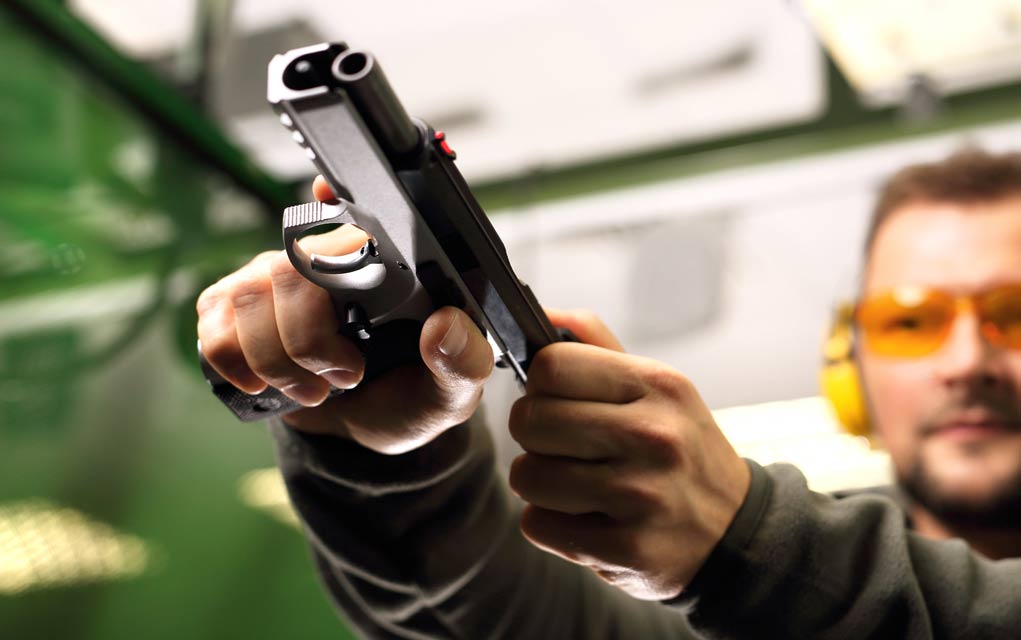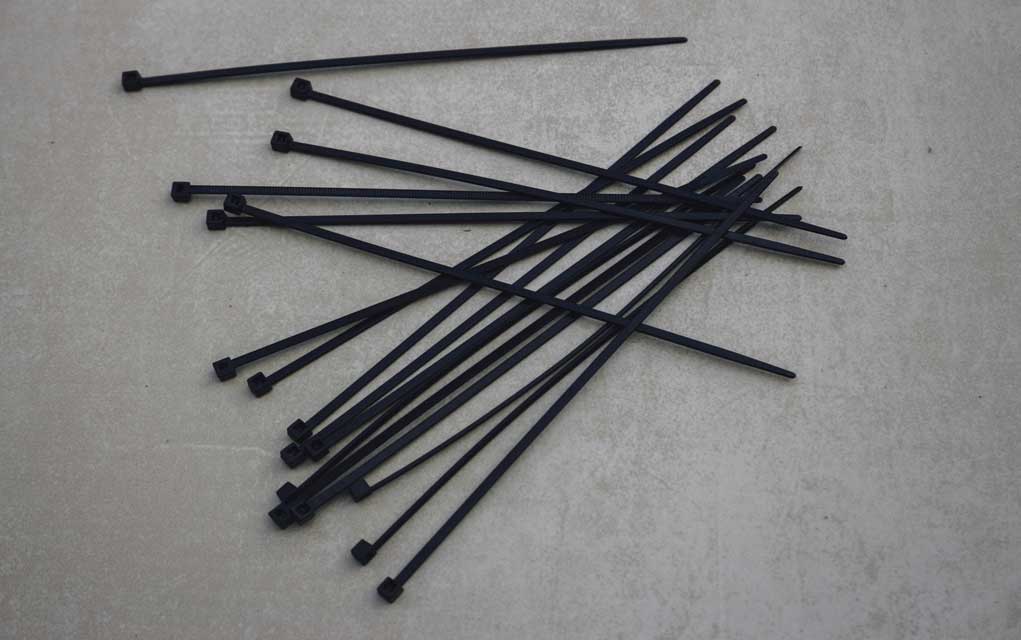(ModernSurvival.org) – Random acts of senseless violence make headlines in the news all too often. From mass shootings to people being attacked in the subway, the horrors never seem to end. With crime on the rise and the threat of becoming a victim a real possibility, it’s more important than ever to stay vigilant and aware of danger.
So, what can you do to stay safe in these chaotic times?
Identify Danger Before It Becomes a Threat
Arguably, the best way to stay safe is to develop your situational awareness — becoming consciously aware of your surroundings and other people in them. But to really make this work, you must learn how to identify the tell-tale signs of impending threats. Once you understand the environmental cues and behaviors bad actors display that signal trouble on the horizon, the more likely you’ll be able to respond before your life is in danger.
How to Identify Hostile Behavior
Unless they happen to be trained assassins, every human has involuntary reactions to stress, fear, anxiety, and anger that create noticeable physical indicators. The chemicals released into the bloodstream during these times of stress produce a variety of effects on the body, from heavy breathing to flaring nostrils. Here are some indicators that could mean a situation is about to become hostile:
- A flushed or pale face as the body pools blood to face a threat
- Sweating, especially when the temperature doesn’t account for it
- Shaking, pacing, or restlessness caused by adrenaline
- Clenched jaw or fists with white knuckles
- Change in voice or loud talking
- Exaggerated gestures
- Scowling, sneering, or glaring
It’s important to note that these indicators are not exclusive to violent intentions. Many of these are very commonly caused by physical ailments such as dehydration, stress, or even panic attacks. It’s still important to pay attention when these signs present themselves. Use your discretion and analyze the situation to determine if it’s time to get out of dodge.
Other Overt Signs of Hostility
Physical changes may indicate hostile intent, but the presence of a visible weapon is much more serious. If a person shows any of the signs listed above and has a knife, gun, or other tools capable of harm, it’s time to get as far away from the situation as possible.
Another clue that someone may intend to cause problems is when they position themselves in such a way as to block off potential exits. Regardless of whether they’re carrying a weapon or displaying other signs of aggression, trapping you or anyone else is an act of hostility. Other overt signs of hostility include:
- Violating the personal space of others
- Making inappropriate jokes or comments
- Making specific threats of inflicting harm on themselves or others
- Aggressive or argumentative behavior
- Violation of rules and policies of an establishment
Less Obvious Signs to Look For
While there are some obvious signs that a person may intend to become hostile, most of these individuals will look to conceal their intentions up to the moment they spring into action. They may still give themselves away, though.
Hidden Weapons
When a person is trying to conceal a weapon, they will often unconsciously pat, touch, or adjust it to ensure it’s still hidden or move it to a more comfortable position. This is especially true when they’re forced to move quickly, travel on stairs, or reach for something that may cause their shirt to lift and reveal the weapon. Other indicators a person may be hiding a weapon include:
- A bulge under their clothing, especially on the beltline.
- Protective behavior of a particular area of the body which attempts to shield it from view.
- An arm “pinned” to their side. Arms generally sway while walking, so having one stationary could indicate they are hiding a weapon.
- Bulky clothing that could easily conceal items underneath. This could include a sweatshirt or hoodie during warm weather.
Again, just because someone exhibits this behavior doesn’t mean they’re up to no good. Concealed carry is legal in much of the United States, and many law-abiding citizens use it to protect themselves and others. It’s still important to note who may have a weapon and remain conscious of the environment.
Unfortunately, there is no 100% accurate way to determine if a person will become violent before they attack. The more you practice situational awareness, the easier it becomes to identify the baseline behavior of other people and notice when someone falls outside of it. Pay attention to what is going on around you at all times, and trust your instincts. If a situation feels off, leave the area.
For more information on situational awareness, take a look at our article on how to avoid blindly stepping into danger.
Copyright 2023, ModernSurvival.org













